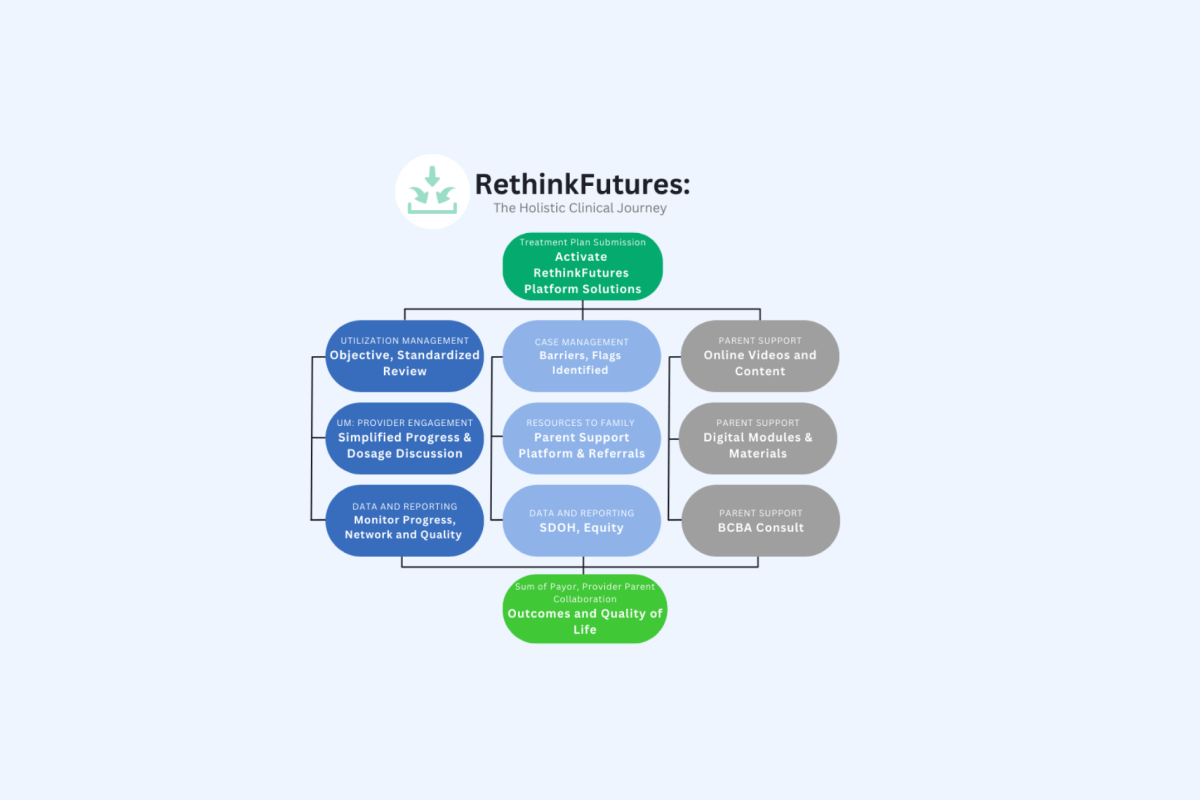About this Publication
Past researchers have sought to describe and predict how individuals with autism spectrum disorders (ASD) are likely to benefit from applied behavior analysis (ABA) therapy. These studies, however, have had limited generalizability due to sample sizes, simple modeling approaches, and failing to include more holistic patient profiles. Further, few studies have embedded their results into technology platforms practitioners can incorporate into treatment settings. In this article, we provide an overview of how we used 48 variables spanning hours and characteristics of ABA, treatment goals characteristics, and patient characteristics to predict goals mastered for 31,294 individuals with ASD receiving from 615 companies.Download Publication
An Artificial Intelligence-Driven System to Predict ASD Outcomes in ABAClusters and Characteristics
Unsupervised machine learning identified between 8-56 distinct patient clusters (depending on the algorithm) differing along characteristics known to influence outcomes from past published research and patient characteristics unpublished in past research predicting patient progress from ABA.
Linear regression models (as used in past research) led to an overall r2 value (r2=.90; MAE=1.30) that was ~.23 higher than previously published studies.
Machine Learning
Machine learning improved predictions further (r2=.99; MAE=1.04). When predictions were made within patient clusters, r2 ranged between .95-.99 (~.20-.24 points higher than past research) and MAE ranged between 1.12-1.45.
To close, we describe how this Artificial Intelligence (AI) system is embedded within a technology platform continuously collecting data.
Improvements
This allows the system to improve over time and, in turn, users of the AI system can use the results to improve ASD outcomes through use cases such as:
- Real-time recommendations of ABA dosage based on unique patient characteristics
- Feedback on actual versus expected patient outcomes
- How patient progress varies along social determinants of health
In the future, these data and the underlying models could be leveraged by payors and providers alike to support and enable their unique value-based care initiatives. Download the Publication.










